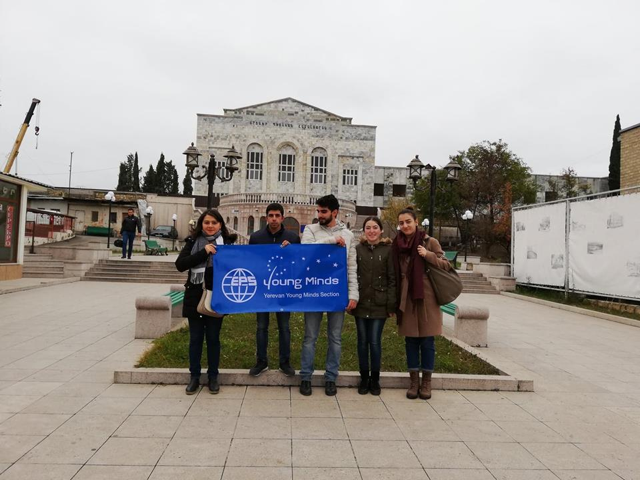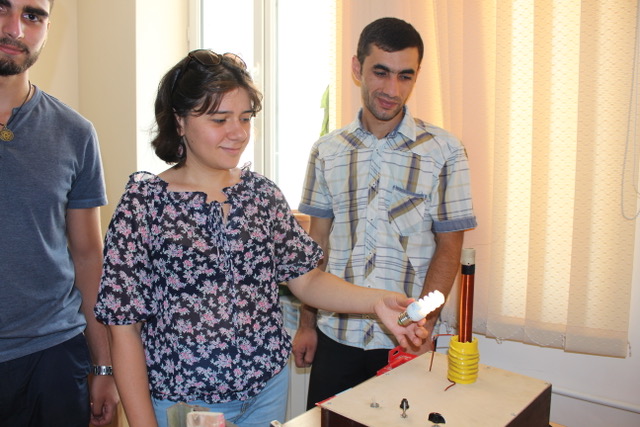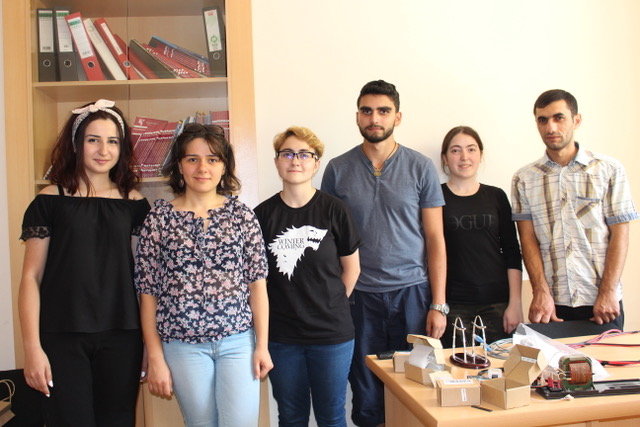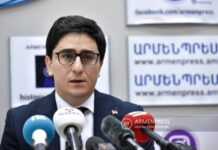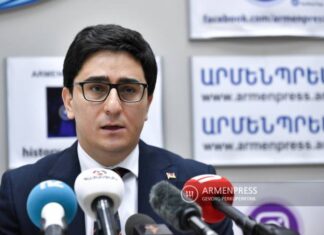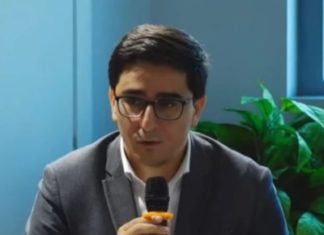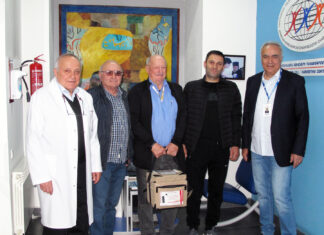By Hovsep Daghdigian
YEREVAN — During the past decade, the Cosmic Ray Division (CRD) of the Yerevan Physics Institute (YerPhI) has extensively researched the generation of energetic gamma rays originating in thunderclouds, a new area of science called High-Energy Atmospheric Physics. A related phenomenon, Thunderstorm Ground Enhancements (TGEs), generates bursts of subatomic particles adding to the cosmic radiation reaching the earth from the sun and from outer space, thus enhancing natural radiation near the earth’s surface several times for a few minutes. In conformance with the ideals of the American Physical Society (APS), which espouses openness and dissemination of scientific research, over the past decade the CRD has published 10 research articles in APS journals while making data collected at its observatories on Mt. Aragats, and from other locations, available over the Internet. CRD’s reports and data mirror the history of research in this new field of High Energy Atmospheric Physics. An advantage of CRD’s observatory on Armenia’s Mt. Aragats is that thunderstorms frequently occur over Aragats’ summit, occasionally only 10s of meters above CRD’s monitoring equipment. Students studying at CRD play a significant role in participating in this research.
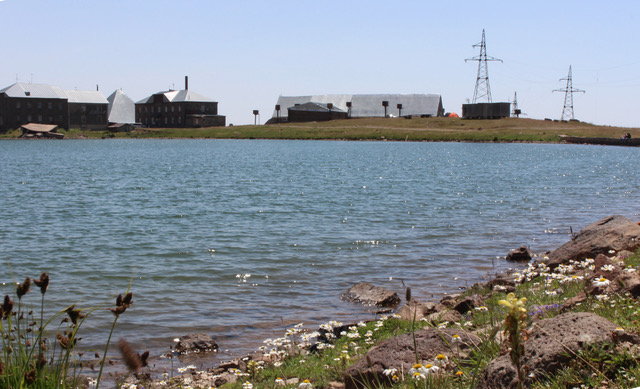
Students Publishing Research
A goal of educating the students at CRD is to teach them to formulate research goals and report their results in scientific papers. Prof. Chilingarian, during master’s courses, works with students preparing such scientific papers. In 2018, jointly with master degree students, they published a research paper entitled “Catalog of 2017 Thunderstorm Ground Enhancement (TGE) Events Observed on Aragats”. This paper documents important characteristics of TGEs, as well as where and when they are likely to occur. As a part of their education, resources permitting, many students attend international scientific conferences as well, some of which are held in Armenia at CRD’s facilities on Mt. Aragats.
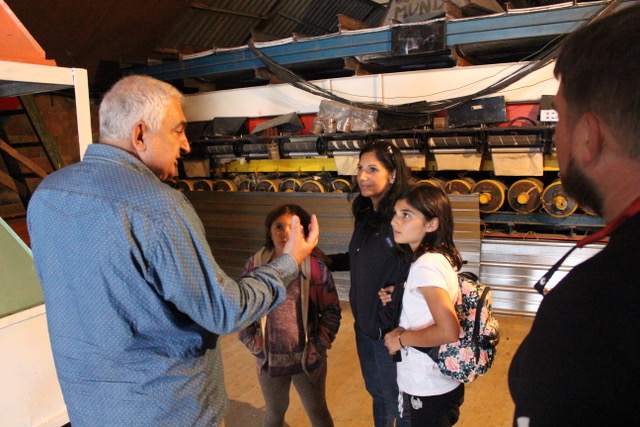
Having completed a decade of research with significant contributions to the science of atmospheric physics, CRD is charting a path to the future. In January 2019 a new collaboration with the Aragats Space-Environmental Center (ASEC) was established within the A. Alikhanyan National lab (Yerevan Physics Institute). The chairperson of this collaboration is Prof. Ashot Chilingarian with Dr. Mery Zazian as the secretary. The collaboration will monitor cosmic radiation within the newly expanded monitoring network in Armenia. It will utilize a multitude of newly deployed sensors to advance space weather forecasting, and provide information regarding space storms to Armenian governmental organizations and others. As usual, students will play a significant role in ASEC’s research. A board of international experts from the Czech Republic, Germany, Italy, Japan, Russia, and the US will oversee the research plans of ASEC collaboration.
Students Mentoring Students



